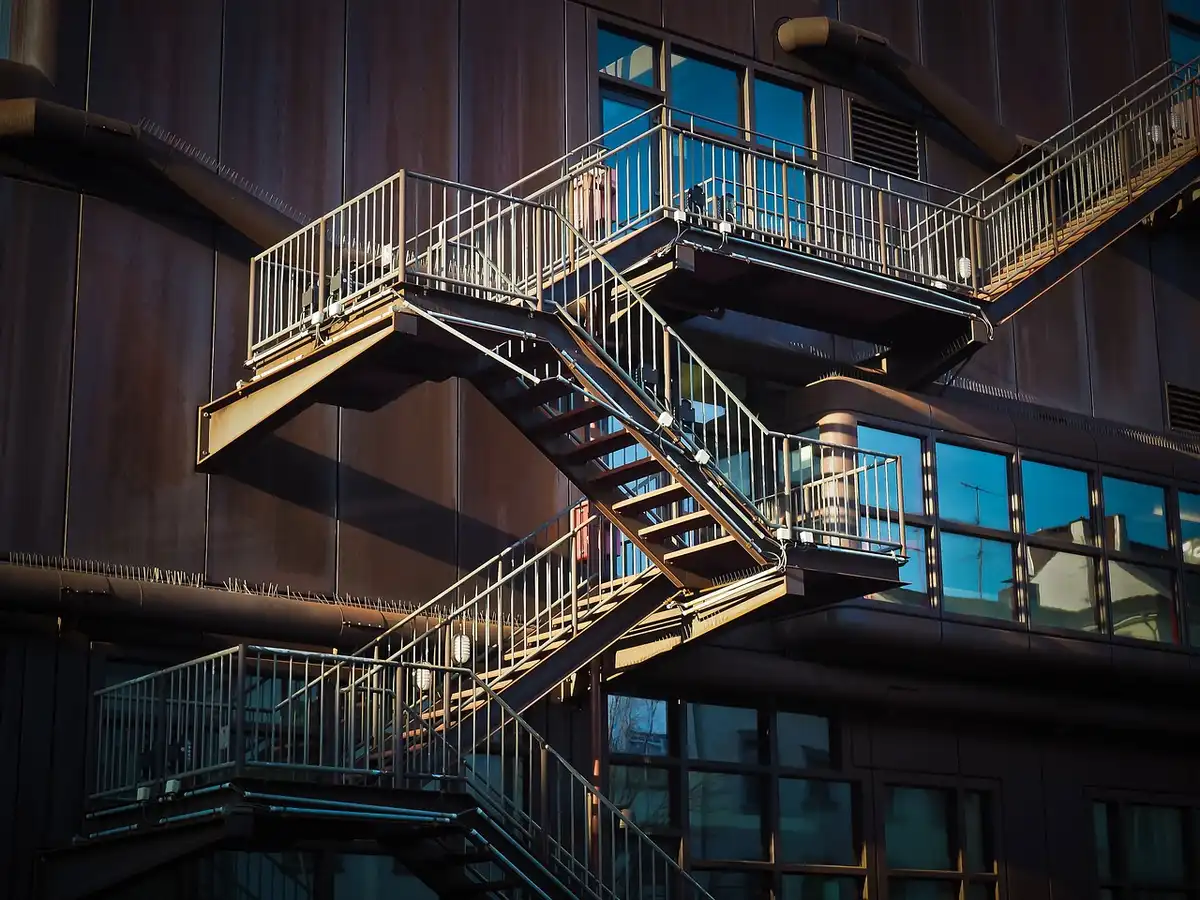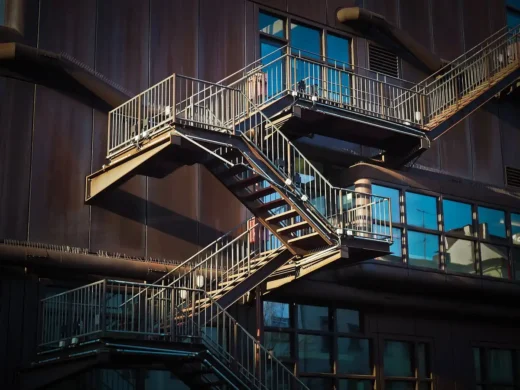How architects use steel beams to support floating staircases, architecture, Decorative stainless steel PVD coating
How Architects Use Steel Beams to Support Floating Staircases
14 April 2025
One core feature of modern architectural design in the UK is the incorporation of suspended staircases, which seem to break physics as they have a floating minimalist form. Supporting steel beams are fundamental to the structural integrity of these staircases while still embodying lightness.
This article discusses the use of steel beams by UK architects to float staircases while paying attention to construction trends and projections for the industry in 2025.
The Role of Steel Beams in Floating Staircases
Floating staircases are defined as having treads that appear to float without any visible means of support. Achieving this is made possible by careful and meticulous engineering, especially with the use of steel beams.
Generally, a bound steel stringer is placed within the wall and steps, giving the illusion of suspended stairs. Cantilevered steel brackets support each tread and rigidly extend outwards into the wall.
Advantages of Using Steel in Floating Staircases
Today, floating staircases are associated with contemporary and modern architectural designs characterised by a defying elegance. Steel beams provide the vital support and hold the aesthetic significance that is predominant in the structure. With a floating staircase, steel’s strength, safety, durability, and environmental sustainability complement the ease it provides due to its weight, making it the ideal material.
- Strength and Durability: The magnificently designed floating staircases are crafted to yield the surreal beauty of resting mid-air. Unsupported staircases need to be bolstered with tremendous underpinning support for improved balance, straying from the aesthetic appeal of suspended mid-air. With its unrivaled strength-to-weight ratio, steel becomes the most viable option in creating delicate and resilient designs.
- Design Flexibility: Fabricated steel becomes easier to customise, thus making it more attainable and allowing it to be shaped and sized to any specification. This provides the opportunity to architects in constructing designs that stand true to their vision and space. Steelo delivers a selection of steel beam solutions crafted to address specific design and structural needs, promoting the achievement of bespoke architectural endeavors.
- Integration with Building Services: Designing the staircase from steel allows better placement avenues for services like lighting and heating, making them more functional without mercilessly showing design beauty loss.
- Safety: The strength and durability of steel give the material a notable advantage when used in staircases. The material being so safe, it aids in preventing accidents and injuries from happening.
- Environmental Sustainability: Due to the ability of steel to be recycled, it minimises the impact on the environment. Projects that use steel as part of construction lend the project a greater sustainability index due to the materials’ high level of precision and sustainability.
Together with imposing impact on the design at adding great versatility, Floating Steel Stairs are versatile because they integrate seamlessly with modern building services while enhancing safety and ensuring sustainability. Such factors positioned steel as an unparalleled resource for architects aiming at achieving both functional and aesthetic accompanying sculptures floating stairs.
Current Trends in Steel Usage in UK Construction
Steel is still the most widely used material for structural framing in the United Kingdom as of 2024. The British Constructional Steelwork Association (BCSA) conducted a survey which showed constructional steel had a market share of 46.7 percent and erected 855,000 tonnes of constructional steel, outperforming other materials. The prediction is that steel consumption will grow to 897,000 tonnes by 2028 due to green energy infrastructure and healthcare projects.
In the multi-storey frames sector, steel accounted for 74.3 percent of the total office floor area, which is 1,546,000 square meters. Student accommodation in the private education sector exhibited the most significant growth with a spurt of 16.4% from 2023 to 2024, giving Steel a market share of 64.5%.
Sustainability and Future Outlook
Alongside the net-zero targets set for the country, the UK’s steel industry is looking to implement further cuts to carbon emissions. The BCSA has published a 2050 decarbonisation strategy, which includes plans for diminishing the carbon footprint from steel production and consumption. This is already contributing to the increasing need for construction materials that are less environmentally harmful.
Moreover, the adoption of Building Information Modeling (BIM) as part of construction processes in the UK is projected to reach 73% by 2025.
The technology improves collaboration, project visualisation, floating staircase design and construction, and complex structure error reduction, among other things.
Conclusion
The integration of steel beams in floating staircases exemplifies the coexistence of beauty with strength in modern UK architecture. The unique features of floating staircases in contemporary architecture are made possible because steel is strong, versatile, and flexible.
With continued technological and sustainable shifts in the modern world, steel’s role in architectural features such as floating staircases and other features is bound to be a constant in the future.
Comments on this guide to How Architects Use Steel Beams to Support Floating Staircases article are welcome.
Building Energy
Renewable Energy
Benefits of switching to renewable energy
How can small businesses benefit from renewable energy
How Renewable Energy Empowers Consumers
Building Energy
Teaching your family how to save energy
Benefits of energy assessment for your home
Comments / photos for How Architects Use Steel Beams to Support Floating Staircases page welcome.






